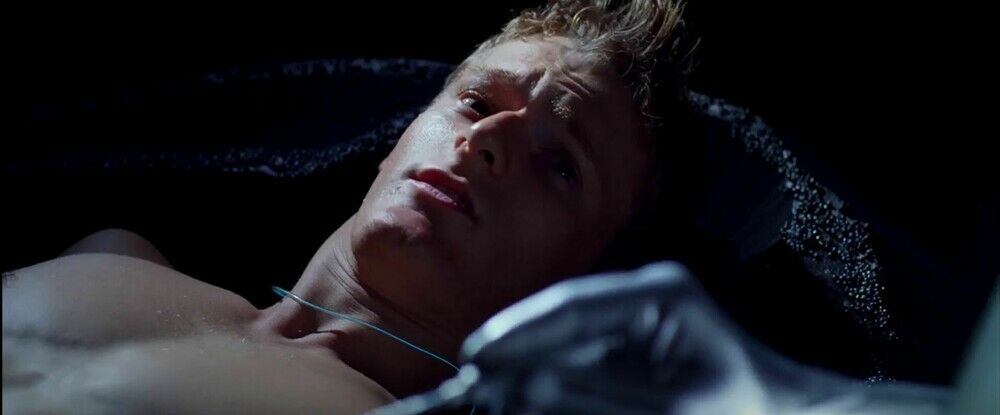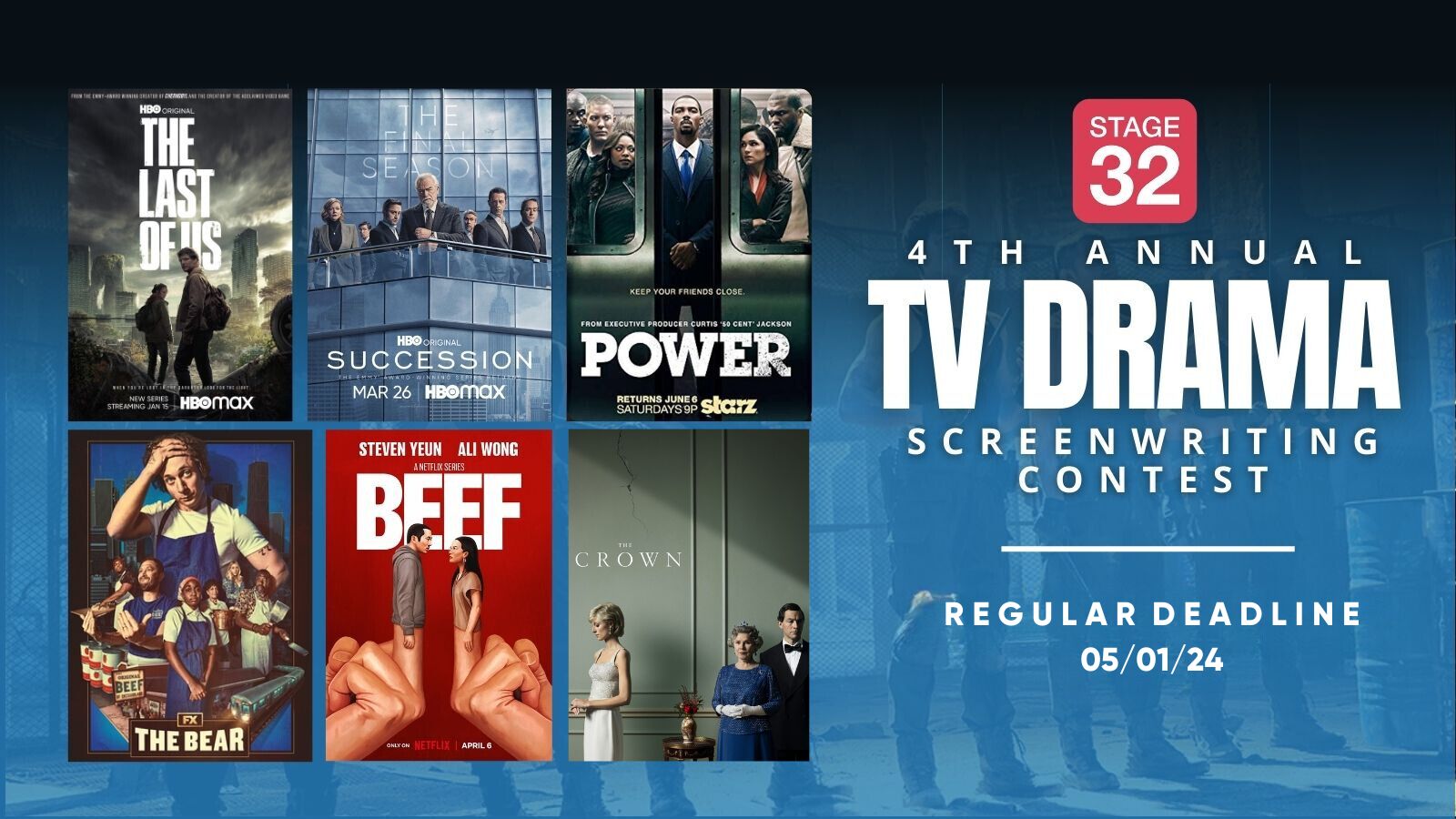
One of the things that I often find fascinating is that as the years go by more and more of my ilk are going to be gone. My life is arguably half over and my experience in the cinematic process got to bare witness to the transition from analog (film) creation to digital. It's so crazy to me that I have a almost useless rarely used $800 light meter. The idea that shooting a scene takes twice as long because you don't have to wait to review what you just shot. You get to instantly see it, and every project I have been on in the digital world each shot is reviewed after it is taken. Can you imagine having to wait? Like, you just had to trust that the 1st AC kept everything in focus and the Camera Operator kept everything in the frame you imagined in the Storyboard. It's something that's absolutely wild to me. Adjusting the shutter angle wasn't a button. You literally had to open up the camera and unscrew the shutter and put in the one you want. A 180 degree angle kind of looked like a half circle, a 90 degree one looked like a triangle, so on and so fourth. Now it's a button. It was so confusing for me that I had to go back to school to learn how to use digital cameras. As a side note, that was one of the best decisions I could have made and I highly recommend, if anyone is near Pasadena, California, the Pasadena City College Cinema Program.
That was a long introduction, so I apologize, but it's important because of all the changes that have happened and keep happening (I'm probably going to go back to school for Virtual Production) the one thing that hasn't change, and that thing is a reality that would make Vittorio Storaro weep a tear of joy beyond the grave. We still paint with light.
I like to think I paint with shadow and negative space, but that's just me on a tangent. While lighting our battles are a constant struggle between Red versus Blue, Tungsten versus Daylight, CTO or CTB neutral density film. We talk about light and it's qualities because how we light a character reveals everything.
There's a reason why a horror film takes place at night. Usually a single key light is the main source and then you get to play with low level accent or practical lights. In 1978, John Carpenter's Halloween came out. The scene where Laurie Strode is freaking out and standing outside the door when Michael emerges from the shadows is, and will always be, to me, the defining way to light an evil monster. Hitchcock did the polar opposite in the famous stabbing scene in Psycho. The scene was completely illuminated but Anthony Perkins was in complete shadow. A little bit fun trivia, both of those movies feature a character named Sam Loomis
There's a reason that comedies are often lit with even exposure across the board. In a way the lighting plays the part of the audience. Both of us experiencing the events unfolding in the most unassuming manner. We laugh, lights can't laugh, but without them we'd never see what's going on. I assume that's also why so many comedy movies take place outside in the daylight. When filming outside remember that it's always better to put an ND filter over the lens than it is to close down the iris by increasing your F/stop and letting less light in, because we're finding the light. You don't want to make it feel bad and push it away. Instead, give your camera a way to process what's happening.
For a super fun experiment I would suggest taking a 2k light (LED is the way to go), put the light 60 feet away from your subject and see what it does. The still attached is one of the results I got using that.
I hope you all enjoyed reading this as much as I enjoyed writing it. And always remember when you're creating art to aim for the moon, worst case scenario you miss and hit the stars.



1 person likes this
Nathan Woodward - I absolutely loved reading your post here. I hope people in my network are inspired by this. You are a brilliantly visual writer and you captured my interest - someone who knows nothing about cinematography - and brought me into your world. A world where I realize the complexities of shifting from adjusting the shutter angle to trusting the digital button that it's happening are enough to make your head spin. You clearly have a love for the craft. You truly, thoughtfully think it through and respect it as an artist. I may not know the technicalities of how to set up an LED light 60 feet away, but man you make me want to try for the artistry of it. I hope you keep posting here because I loved reading this.
1 person likes this
Amanda, I am tickled to death that you enjoyed the article. I’m intending on writing another one here pretty soon. One time we were working on a project and it was lunch time, but I had to set up an Arc shot and I’d never done that before so I spent the entire lunch hour getting it ready. #worthit, lol. I have a passion for the entire cinematic process. I have studied it to great lengths and if I’m given a budget to push the envelop I’m going to dive head first lol. Again, thank you for reading the article.
2 people like this
Beautifully said, Nathan! I was lucky to spend my entire first year at film school learning how to use Bolex H16s. At that time, Columbia College Chicago required all film students to exclusively use film cameras before we could do anything digitally. It didn't matter if you were going into producing, directing, screenwriting, cinematography, editing, production design, etc. Every freshman at CCC had to spend their entire first year making short films with the Bolex and trading off on filling every role on set at least once. This of course taught all of us how to light for film first. It was an invaluable experience that aided us all in our later years as our short films became more intricate and complex. It was truly a singular experience to light and carefully set up your shot with a Bolex, and then afterward have to move on without knowing quite how the shot turned out. It taught us all to be careful and thoughtful in our approaches and always make sure that we're getting the coverage necessary without wasting valuable film. The excitement that we would all feel to get our film back and to get to watch it for the first time before starting post, is something I'll never forget. Unfortunately, I was in one of the last classes to have that experience. They've changed their program and no longer use the Bolex cameras at all. It breaks my heart.
1 person likes this
I have a Bolex H-16 in my display cabinet. Probably my favorite thing. I love that camera. Didn't even need batteries.
I am glad that you enjoyed the article.
2 people like this
Nathan Woodward yes things are changing quicker than they used to. Many people had issues moving from shooting film to electronic images. There was too much stress on the technology & terminology without incorporating the art of the images, just as there were a surprising number of people shooting film with little understanding of why things were often done in a certain way to achieve a given result. I certainly taught a lot to help the transition to electronic creation. Telling my counter-parts that “there is black at the darkest and white at the brightest, what you see between is your fault” made for interesting follow-ups. It is image creation and that is part of what a DP does.
Electronic cameras have a given sensitivity, just like film. Once known, that sensitivity, the number of images per second and the exposure time of those images, correct exposure for the scene is easily determined based upon the light. Correct and consistent exposure with scene by scene consistent contrast ratios is possible without using light meters but is much much slower. Having shot millions of feet of film, I see no reason to change an this approach when shooting electronic images in controlled environments. The exposure tools in electronic cameras can make an exposure determination but not as accurate and thus not a consistent as knowing the amount of light and the response of the camera. After personally testing a camera to determine sensitivity and latitude, there is no reason not to use your meters for speed, ease and accuracy. With electronic imaging, only a scope matches the accuracy of a professional light meter.
ND vrs closing the iris more? Depends mainly upon the desired depth of field and the optical qualities of the lens in question. Some lenses will develop aberrations with very small iris openings. There is no other effect.